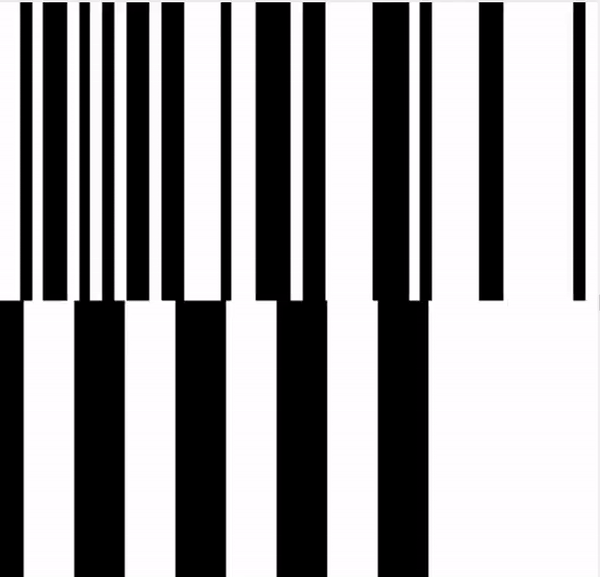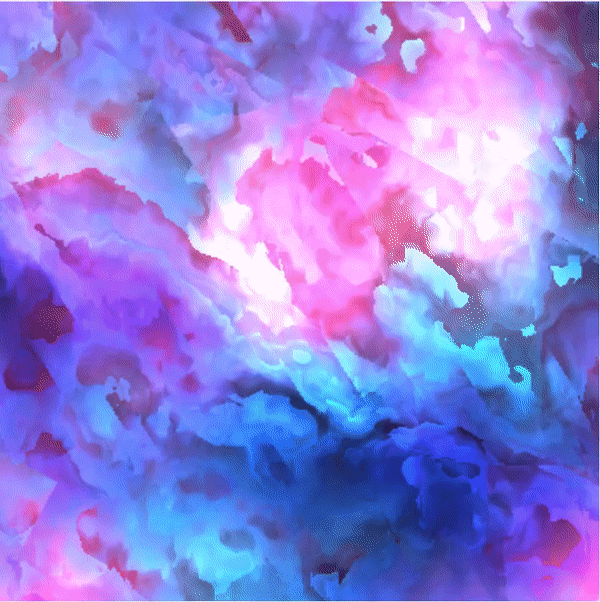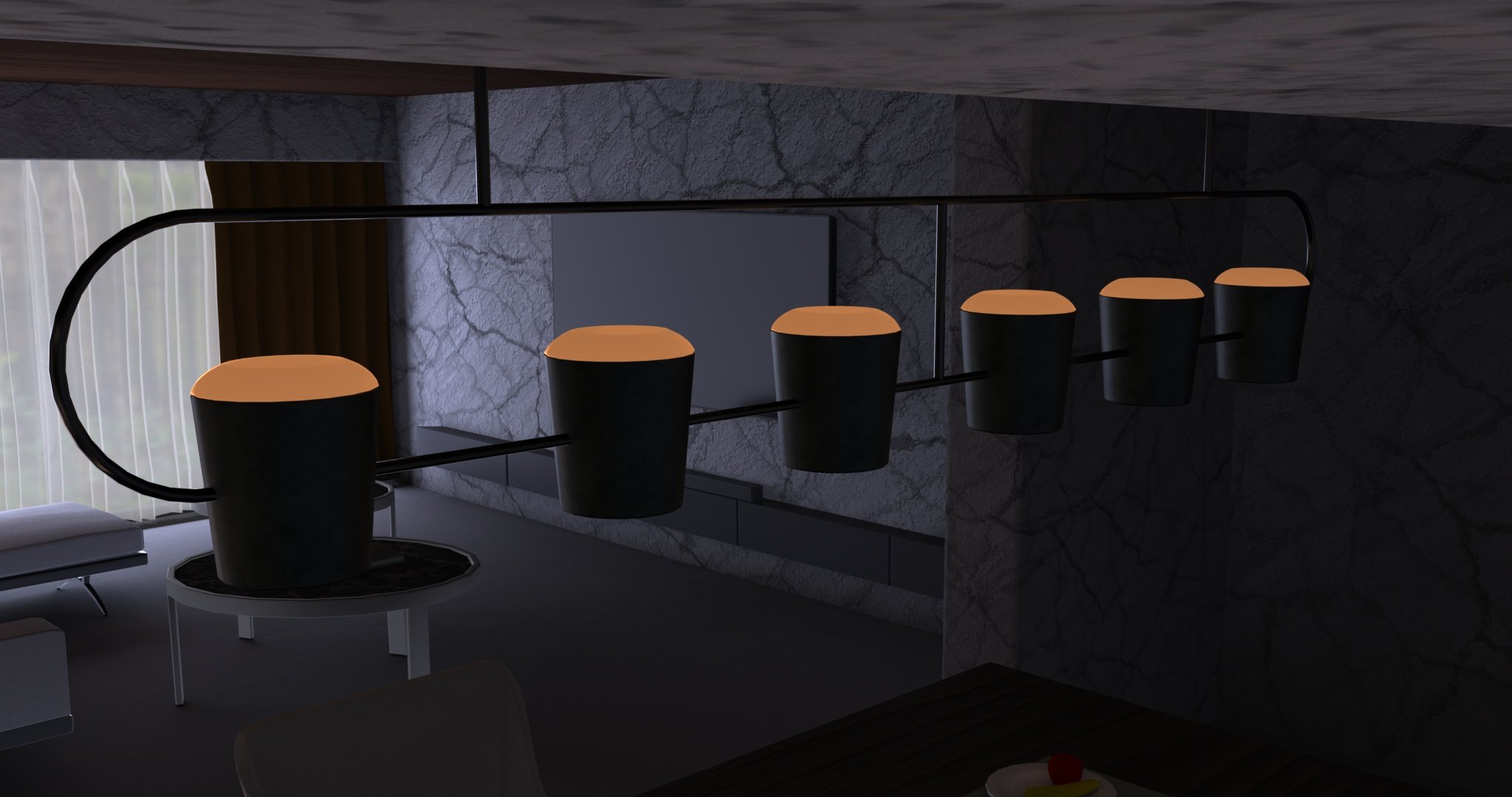Shuvagata Sarker Shuvo
I am a passionate software engineer with two and a half years of experience in the game development industry. My expertise includes Unreal Engine (4 & 5), C++ programming, and UI engineering.
Collaborated in-person with the team on multiple updates to the Crunchyroll application for Nintendo Switch, contributing to feature implementation, bug fixing, and code reviews. Integrated backend JSON data with responsive UI systems.
Leveraged Unreal Engine's HTTP and UMG modules to implement, and integrate new features for the Nintendo Switch platform.
Used Unity and C# as part of development for Risk of Rain 2 for PlayStation 5 and Xbox Series X|S, assisted with updating the game engine version, resolving bugs, and consolidating development branches for streamlined updates.
Worked to port a video game to modern hardware, utilizing Unreal Engine 5.
Redesigned and implemented the UI architecture and main menu system using Unreal Engine 5’s UMG and CommonUI plugin.
Migrated some original scripts and portion of codebase to Unreal Engine 5, ensuring compatibility.
Fixed C++ and Blueprint compilation errors and re-implemented gameplay mechanics and level-progression logic for specific maps.
Throughout my academic journey, I had worked on a variety of projects. Here are some examples.
Demo Reel
I have developed extensive C++ code across various projects, gaining hands-on experience with both real-time and offline rendering techniques. Over the years, I have explored these techniques through practical implementation. Additionally, I am proficient with commercial tools such as Unity, Unreal, and Maya.
Volume Modeling & Rendering
This C++ project showcases various techniques and approaches for manipulating volumes. It utilizes ray marching and deep shadow maps for rendering, with volumes represented as scalar fields. Additionally, vector fields are applied in algorithms like gridless advection. Many examples incorporate scalar grids, level sets, and various noise functions. The project also includes code to read from a Wavefront file and convert it into a level set.
C++ Shader in Gilligan
This is a shader I have written for Gilligan, which is Dr. Tessendorf’s research project. The shader dynamically tracks the ocean surface on the submarine using special texture maps, which are being simulated in a separate module and fed into the shader per frame.
Call of Monsters
The game was made using C++ and SDL. It was built upon the 2D game engine code that I had written. I contributed by building features like sprite sheet animation, collision detection, tilemap loader, parallax effects, particle system, state machine, input handling, and more. These features are flexible and can be reused to make other games.
OpenGL (core profile) & Real-Time Rendering
In this project, I played around with some of the techniques in real-time rendering using C++ and OpenGL (and glsl). This project is a mix of a learning exercise and a testbed for trying different ideas.
Unreal Engine 4
I made these games in Unreal Engine 4 with its C++ API, Blueprint, Animation, Audio, UI, AI systems to learn its gameplay programming and interactive graphics.
Unity 3D
This game was made using Unity. It was scripted using C# and JavaScript (it was supported back then). I worked on this while I was in my undergrad.










I wrote procedural fragment shaders to get the above outputs. Different ideas like distance field, polar coordinates, cellular noise, Voronoi diagram, and more had gone into their creation. The code can be run on the The Book of Shaders website.



I have explored different ray tracing technology on CPU and GPU (CUDA). Above you can see some of the outputs from the ray tracers I have written using C++.












I worked on building scenes in Autodesk Maya. I have knowledge of modeling, UV mapping, animation, rigging, and the overall pipeline of Autodesk Maya. The above images are rendered using the Arnold renderer.
Character Rigging
This is a character I rigged in Maya.




















